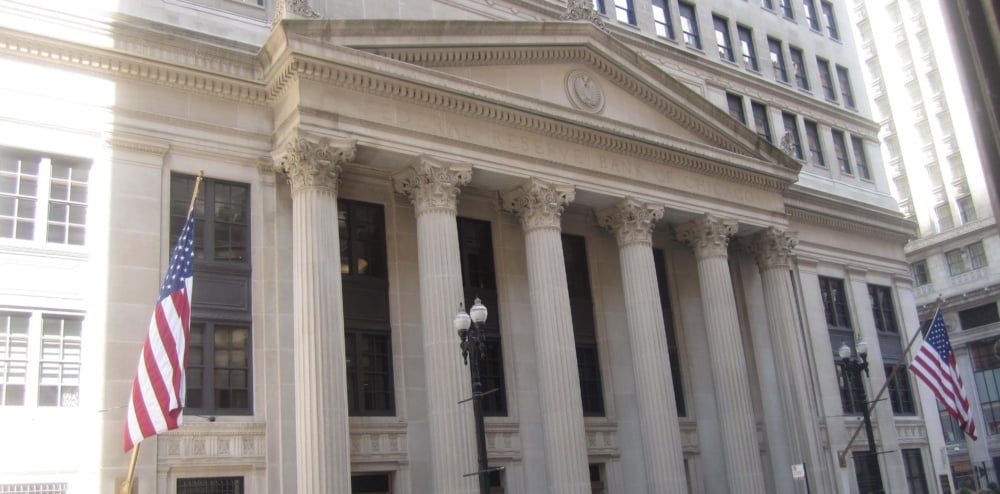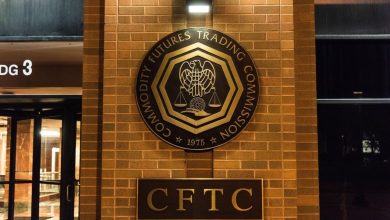How $250B in Stablecoins Escapes the Fed’s Grip on Interest Rates


New research presented at Warwick Business School’s Gillmore Centre for Financial Technology has found that U.S. Federal Reserve monetary policy exerts only a limited influence on stablecoin lending rates, despite their peg to the dollar and soaring adoption worldwide.
Study Examines Millions of DeFi Transactions
Andrea Barbon of the University of St. Gallen analyzed more than 2.5 million transactions of U.S. dollar-backed stablecoins on the decentralized finance (DeFi) platform Aave. His findings revealed that while Fed policy does affect stablecoin rates, its impact is minor and often delayed by days or even a week.
“Interest rates for stablecoins are very volatile,” said Professor Barbon. “Despite being pegged to the U.S. dollar, stablecoins operate in a way that largely resist the traditional controls of the Federal Reserve.”
Central Banks Watch Growing Market
The study was unveiled during Warwick Business School’s Academic Conference on DeFi and Digital Currencies, held at The Shard in London. The event drew representatives from the European Central Bank, Bank for International Settlements, Banque de France, and leading fintech academics. Discussions highlighted the intersection of DeFi, stablecoins, and traditional monetary policy.
With the market capitalization of stablecoins already at $250 billion, Barbon argued that central banks cannot ignore their growing systemic role. He also noted that Donald Trump’s newly introduced Genius Act, which sets out regulation for cryptocurrencies, further underscores the need for oversight.
Lagged and Limited Policy Transmission
Unlike traditional financial instruments, stablecoin lending rates on Aave showed a lag in response to Fed interest rate changes. Adjustments often took several days, reflecting an immature market dominated by crypto-specific volatility rather than conventional monetary policy transmission mechanisms.
“This is an immature market with rates primarily driven by the volatile demand for leverage within the crypto ecosystem, which is not directly tied to traditional monetary policy,” Barbon explained. “As stablecoins grow and with the new Genius Act, central banks will need to have more oversight of the stablecoin market and its influence.”
Conference Highlights Broad Research on DeFi
The conference also showcased diverse academic work on digital asset markets. Studies included:
- Cryptocurrency price bubbles by Maarten van Oordt, Vrije Universiteit Amsterdam.
- Cross-border flows of BTC, ETH, a







